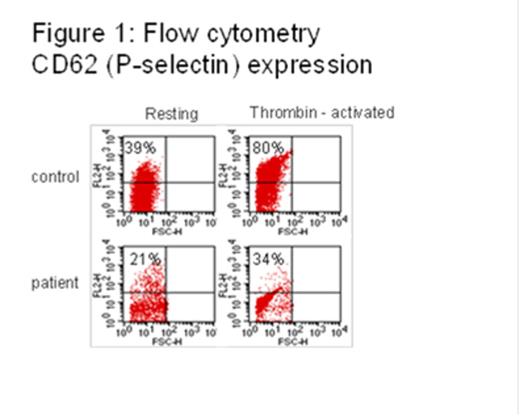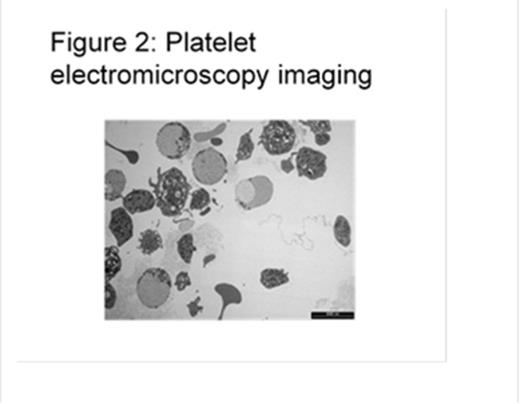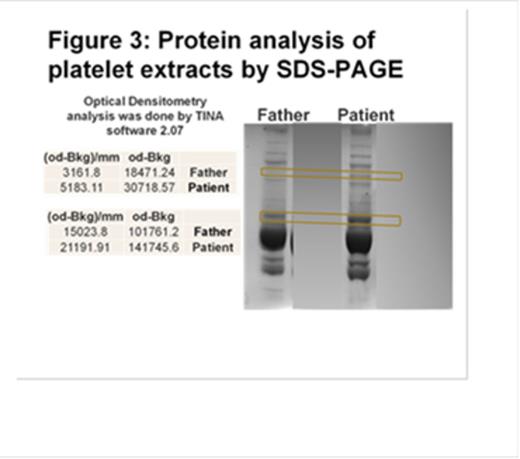Abstract
We report a family with new autosomal recessive disorder associated with macrothrombocytopenia which is different from all reported hereditary macrothrombocytopenia.
Case report: The affected family members report mild bruising and epistaxis. The females’ family members report, in addition, severe menorrhagia and recurrent episodes of hemorrhagic corpus luteum. Two family members with macrothrombocytopenia and two without macrothrombocytopenia report hearing loss and cataracts.
Methods: The study protocol was approved by our local Ethics committee and written consent was obtained to prepare and store DNA. Platelet morphology, FACS analysis, protein analysis and genome-wide association studies were used to characterize the disease and locate the genetic abnormality.
Results: In a consanguineous family from Arab origin we identified 5 affected individuals (3 males and 2 females from three families) with platelet count ranging around 4-20 x109/L. Their shared grandparent died of post trauma bleeding (no data on his platelet count). Their parents have normal platelet count and platelet morphology. Blood film of effected family members show macrothrombocytopenia with occasional giant platelets. By flow cytometry CD41 and CD42b expressions were around 60% in effected family members and CD62 expression was around 20-30% in resting and thrombin-activated platelets (Figure 1). Immunoflurescence of platelets shows normal distribution of non-muscular mysoin IIA, GPIbIX, dense granules and lysosome markers Lamp-1, Lamp-2 and the dense granule CD63. Platelets diffusely stained for P-selectin and stained very low for VWF and thrombospondin. GPIIbIIIa staining revealed a ring distribution at the outer cell membrane (Prof. Andreas Greinacher, Greifswald, Germany). Transmission electron microscopy imaging shows abnormal distribution of platelet granules, with suspected protein accumulation in the cytoplasm (Figure 2). Protein analysis of platelet extracts by SDS-PAGE separation shows different band patterns in the effected individuals compared to controls (Figure 3). Mass spectrometry analysis of a representative band identified five candidate proteins that their over-expression may cause the defect in platelets organelles distribution and the defect of their function. Through whole genome analysis three large homogenous regions were found. To further narrow the search SNP analysis was added between two effected members. The search was narrowed to an area in chromosome 9p and centromere 9q with 201 candidate genes.
Discussion: We present a large consanguineous family with previously non reported autosomal recessive macrothrombocytopenia. The functional and morphological pattern show dual platelet population. Further work is warranted.
No relevant conflicts of interest to declare.
Author notes
Asterisk with author names denotes non-ASH members.




This feature is available to Subscribers Only
Sign In or Create an Account Close Modal